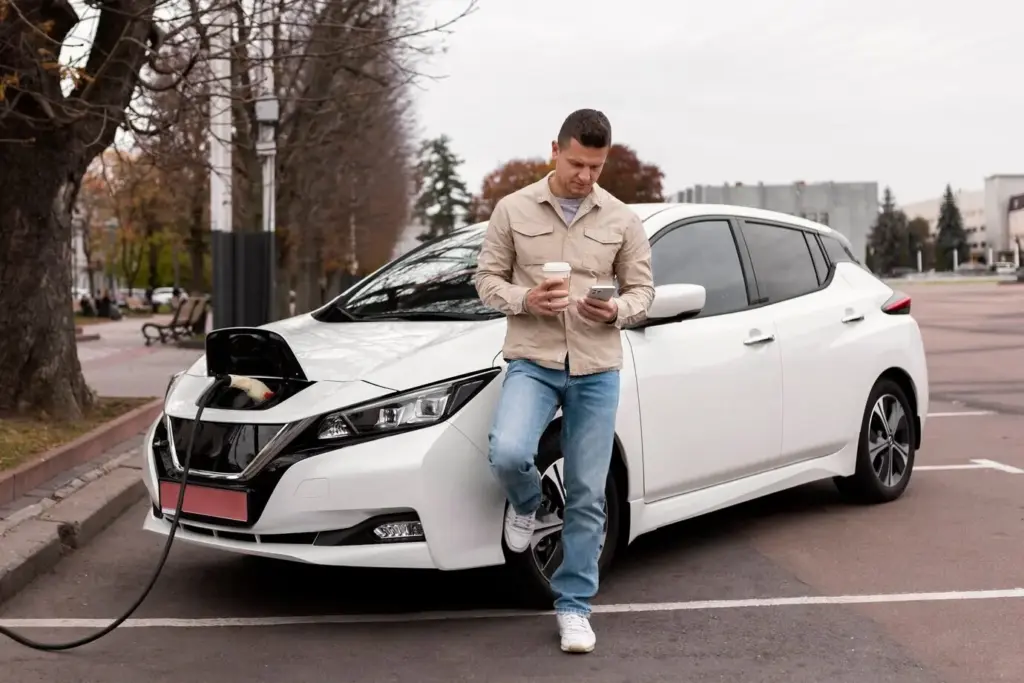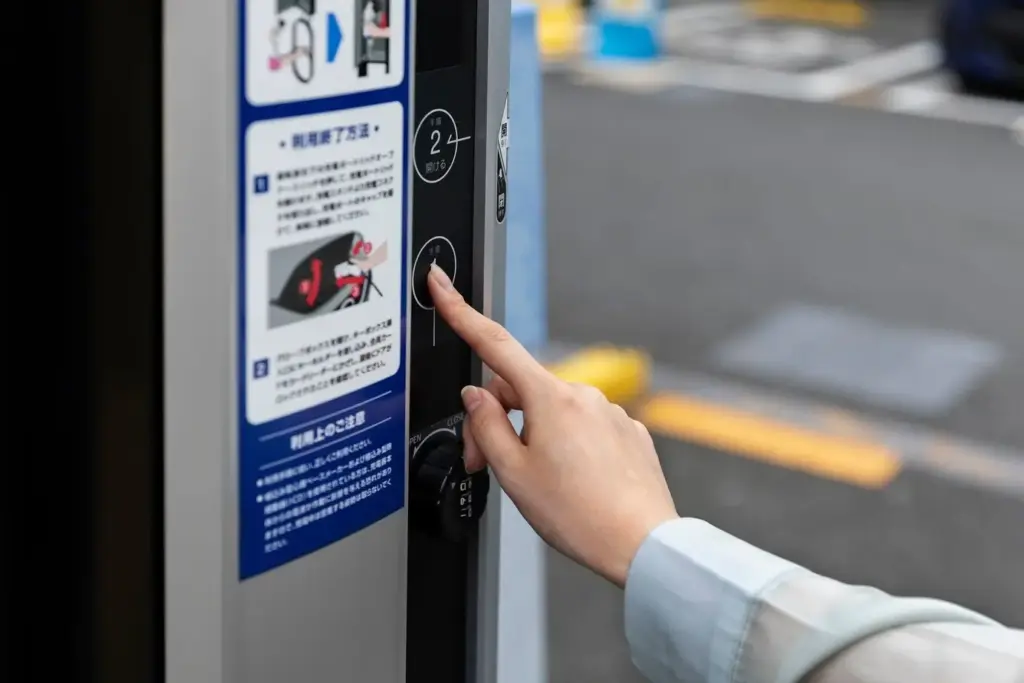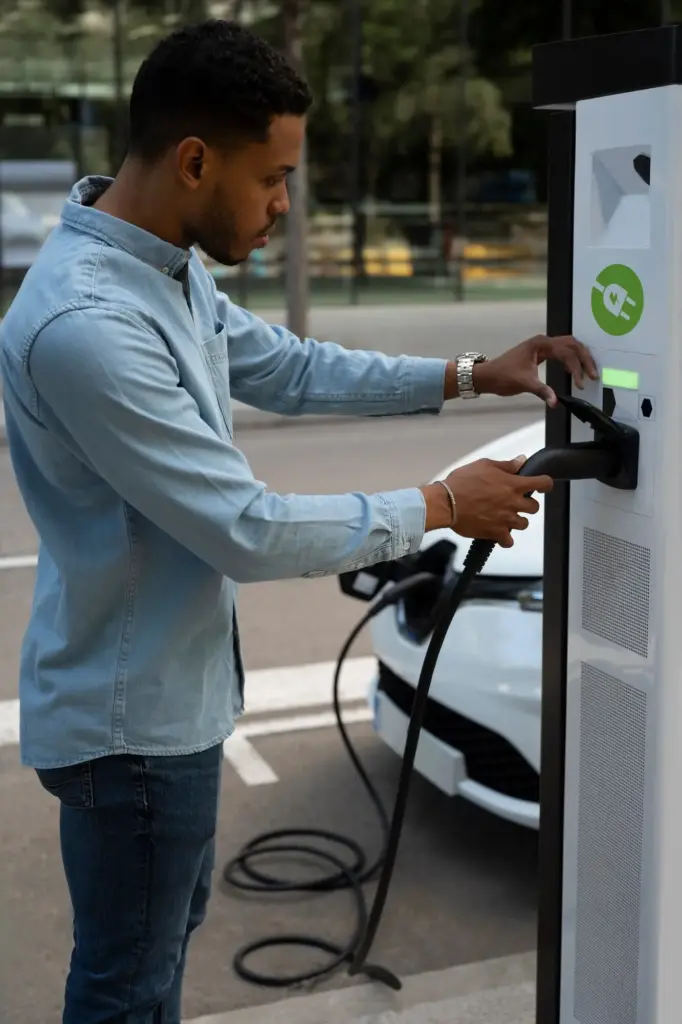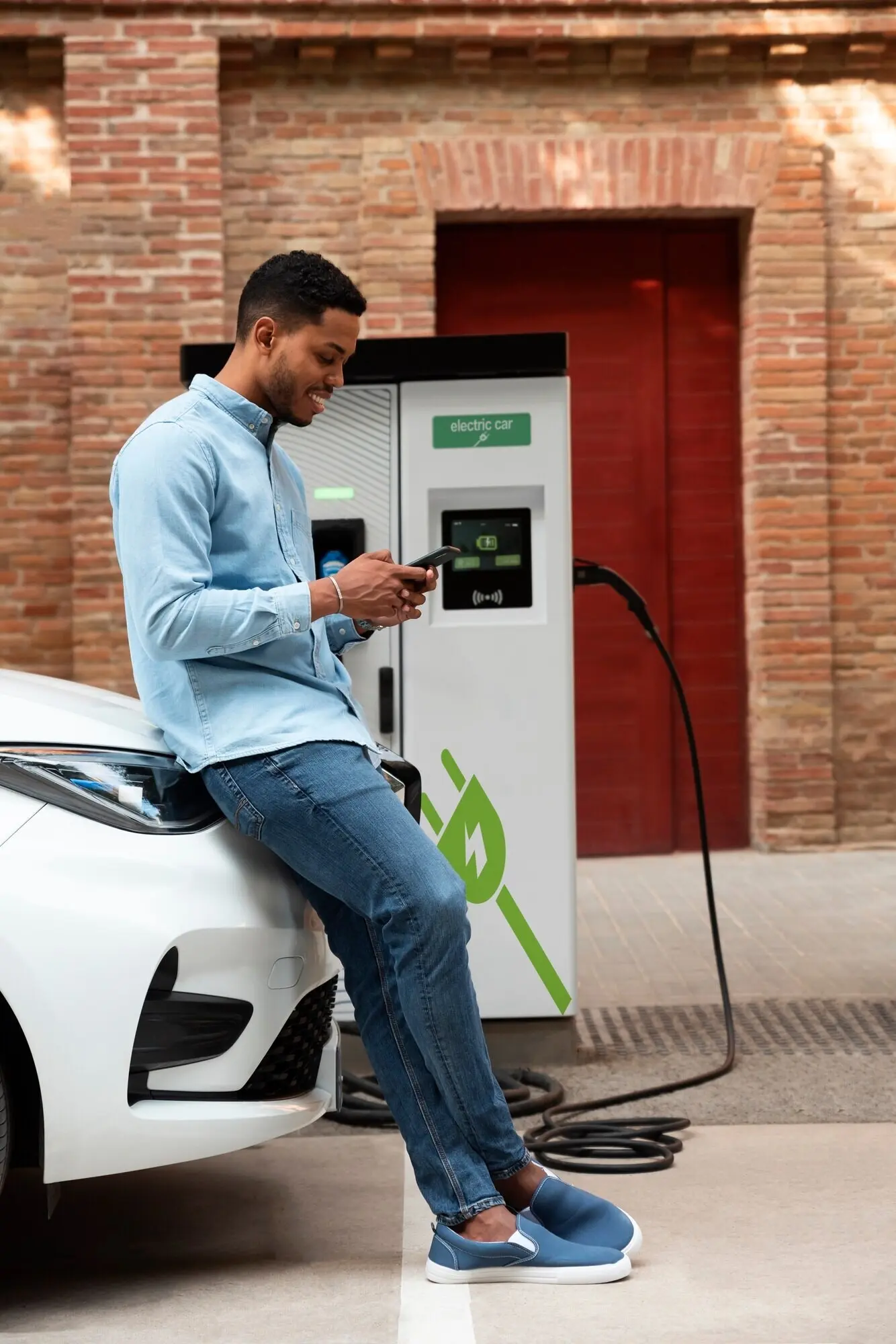Powering Up Without Barriers
Today we dive into designing accessible and safe charging sites for all users, blending universal design, human-centered safety, and dependable operations. From curb-free approaches to glare-free lighting, we share practical guidelines, stories from drivers, and actionable checklists so every stop feels welcoming, confident, and equitable. Join the conversation and add your insights.
Design That Welcomes Every Driver
Universal design transforms intent into predictable ease. Requirements like ADA clear widths, 1:20 slopes, firm surfaces, and 48-inch operable parts are minimums, not aspirations. Pair standards with lived experience: co-create with wheelchair users, parents juggling strollers, and older drivers. Prototype on-site, observe turning radii, and iterate until approaches genuinely feel effortless.






Safer Layouts and Calm Traffic Flow
Crash energy belongs nowhere near people. Shape traffic so vehicles decelerate before turning, with clear sight triangles, bollards rated for appropriate impact, and forgiving edges. Separate entry and exit, avoid backing conflicts, and reserve extra-wide end stalls. Calm flow invites patience, which multiplies safety for drivers, passengers, and maintenance crews.

Lighting, Visibility, and Natural Surveillance
Light turns uncertainty into confidence. Layer uniform, low-glare illumination that preserves facial recognition, minimizes shadows, and respects neighbors. Pair photometrics with CPTED principles and environmental sensors that brighten during peak activity. Combine visible help points, compliant cameras, and privacy-by-design policies so people feel watched over, not watched.

Hardware Usability and Ergonomics
If the interface fights the body, confidence evaporates. Select connectors with ergonomic grips, balanced mass, and intuitive docking. Specify screens readable in sun and rain, buttons with tactile feedback, and audio prompts with volume control. Align hardware with international standards while honoring human factors that standards often miss.
Digital Onboarding, Payments, and Support
The journey begins online. People check availability, prices, and accessibility before choosing where to stop. Make maps accurate, amenities transparent, and accessibility attributes searchable. Provide frictionless sign-up, guest modes, and phone-free options. Back it with empathetic support that can remotely start sessions and resolve errors promptly.
Wayfinding, Signage, and Multilingual Clarity
Clarity reduces hesitation. Guide drivers from highway sign to charging bay with consistent symbols, color coding, and logical sequencing. Combine large, legible typography with tactile and Braille where required. Announce stall power levels and connector types early, and keep information duplicated visually, verbally, and digitally.
Uptime and Proactive Care
Track uptime by connector, not station, so weak links are visible. Stock critical parts, set strict response times, and empower technicians to swap units quickly. Wash salt from cables, calibrate screens, and lubricate retractors. Treat maintenance as hospitality, not an afterthought hidden behind ticket numbers.
Safety Checks and Incident Drills
Routine inspections should verify bollards, lighting, cameras, drains, and emergency systems. Conduct tabletop drills and on-site rehearsals covering medical events, stranded vehicles, and severe weather. Post emergency procedures in plain language. Coordinate with local responders so they know access codes and shutoffs before an incident unfolds.